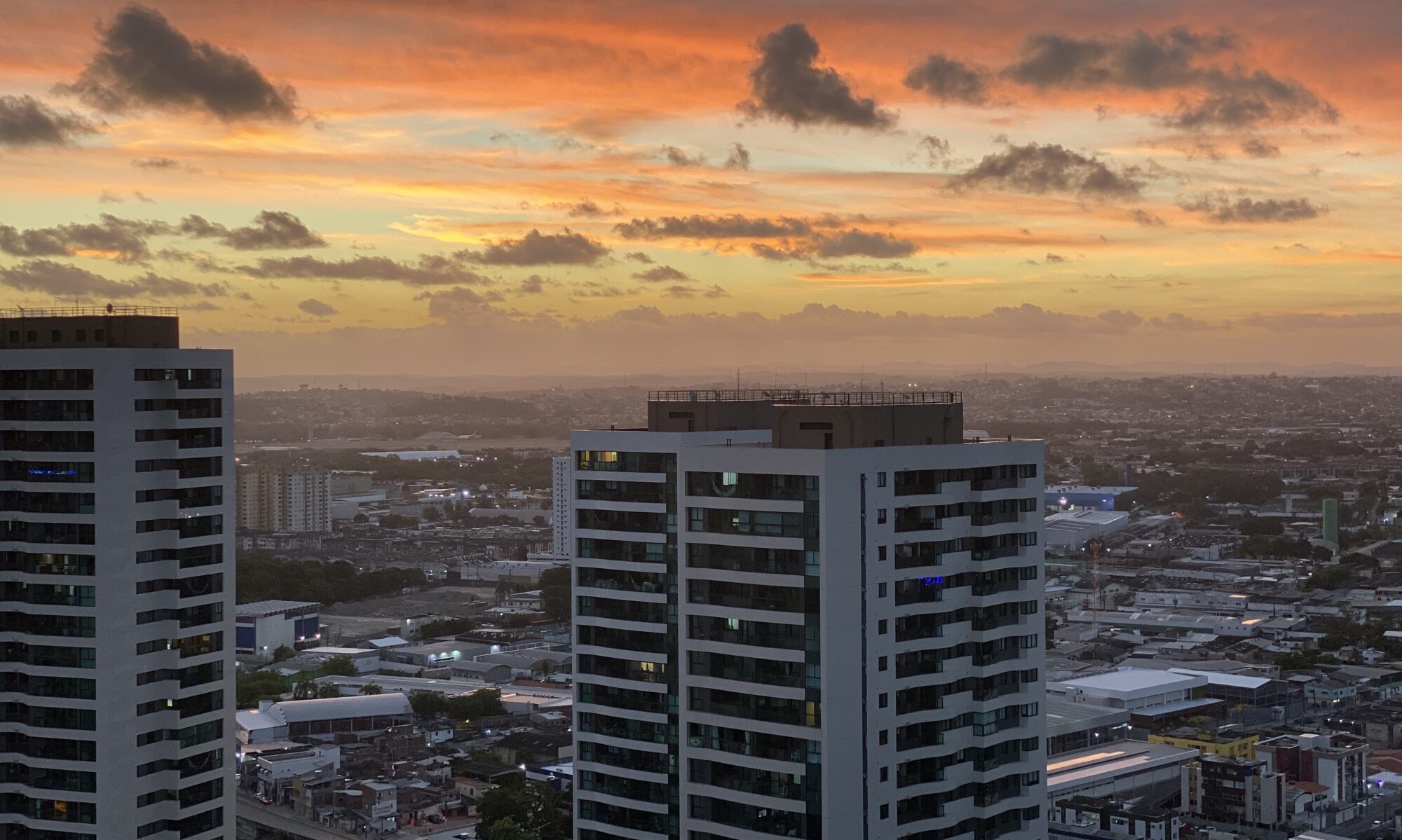Created in 1977 following the splitting up of the state of Mato Grosso, Mato Grosso do Sul has been well-endowed by nature. The state includes two thirds of the Pantanal (marshlands) which is the largest flooded area in the world, inhabited by an infinite variety of creatures, and Bonito, a city surrounded by aquaria of crystal waters and a large number of grottoes and caverns in an almost perfect state of conservation.
In previous centuries, a large part of the state belonged to neighbouring Paraguay with which Brazil waged a tragic and destructive war during the mid nineteenth century. At the end of the Paraguay War in 1865, that part of the territory was annexed to Brazil. Because of its location in the centre west of the country, access difficulties in relation to the main Brazilian centres led to strong and enduring ties between Mato Grosso do Sul and its neighbours, Paraguay and Bolivia and with Argentina to which it is linked by means of the River Plate Basin. Close contact with the people of those neighbouring countries resulted in the inhabitants of Mato Grosso do Sul absorbing cultural traits from them, particularly in the areas closest to the border, where the residents speak with a strong Spanish accent and musical rhythms such as guarânia are typical of those of Paraguay.
Nowadays considered to be a rich agricultural storehouse, the state is seeking the resources to set up an industrial park for its primary production. The construction of the Brazil-Bolivia gas pipeline is seen as being strategic in this as it could supply the energy that is hitherto lacking, the main obstacle to the setting up of industries in the region. Seen as the tropical version of the North American corn belt, Mato Grosso do Sul is also cultivating soya, wheat and cotton plantations and is one of Brazil’s main producers. It is also one of the country’s main rearers of beef cattle, pigs and poultry.
The state has significant mineral deposits in terms of iron and manganese, centred on Maciço de Urucum, near Corumbá a town situated 413 kilometres from the capital, Campo Grande, on the border with Bolivia. Maciço is close to the banks of the River Paraguay, well inside the Pantanal zone. Recent studies have shown that the manganese in the region is up to 66% pure. The same deposits have been yielding 30 billion tons of iron and 5.5 billion tons of manganese annually.
The state’s rainy season is well-defined, being from October to March when drought sets in for the months of April and September. During the rainy season, the marshy plains are covered in water and boats are the main method of transport in the region, making use of the extensive waterway system formed by the River Paraguay and rivers such as the Miranda, the Jauro and the Coxim. This network will benefit from the completion of the Rivers Tietê and Paraná waterways, which will enable the operation of a multi-mode transport system, complemented by road and rail access.
Served by the North-West Brazil line whose 1,500 kilometre track links Corumbá with Bauru, in the state of São Paulo, Mato Grosso do Sul’s railway network connects with the South-East and South lines. This link enables the transportation of the state’s products to the ports of Santos, in São Paulo, Paranaguá in Paraná, and São Francisco in Santa Catarina. The North-West, the first railway to be privatized in Brazil in the 1990s, also links Campo Grande with Ponta Porã in the south of the state on the Paraguayan, and with Santa Cruz de La Sierra to the north, on the border with Bolivia. The state is also well-served by state and federal asphalt roads and by two international airports, in the capital and in Corumbá.
After São Paulo and Paraná, Mato Grosso do Sul is home to Brazil’s third largest concentration of immigrants and Japanese descendants. Consisting of around 60,000 people, the Japanese colony is concentrated mainly in the cities of Campo Grande, Dourados and Três Lagoas.

